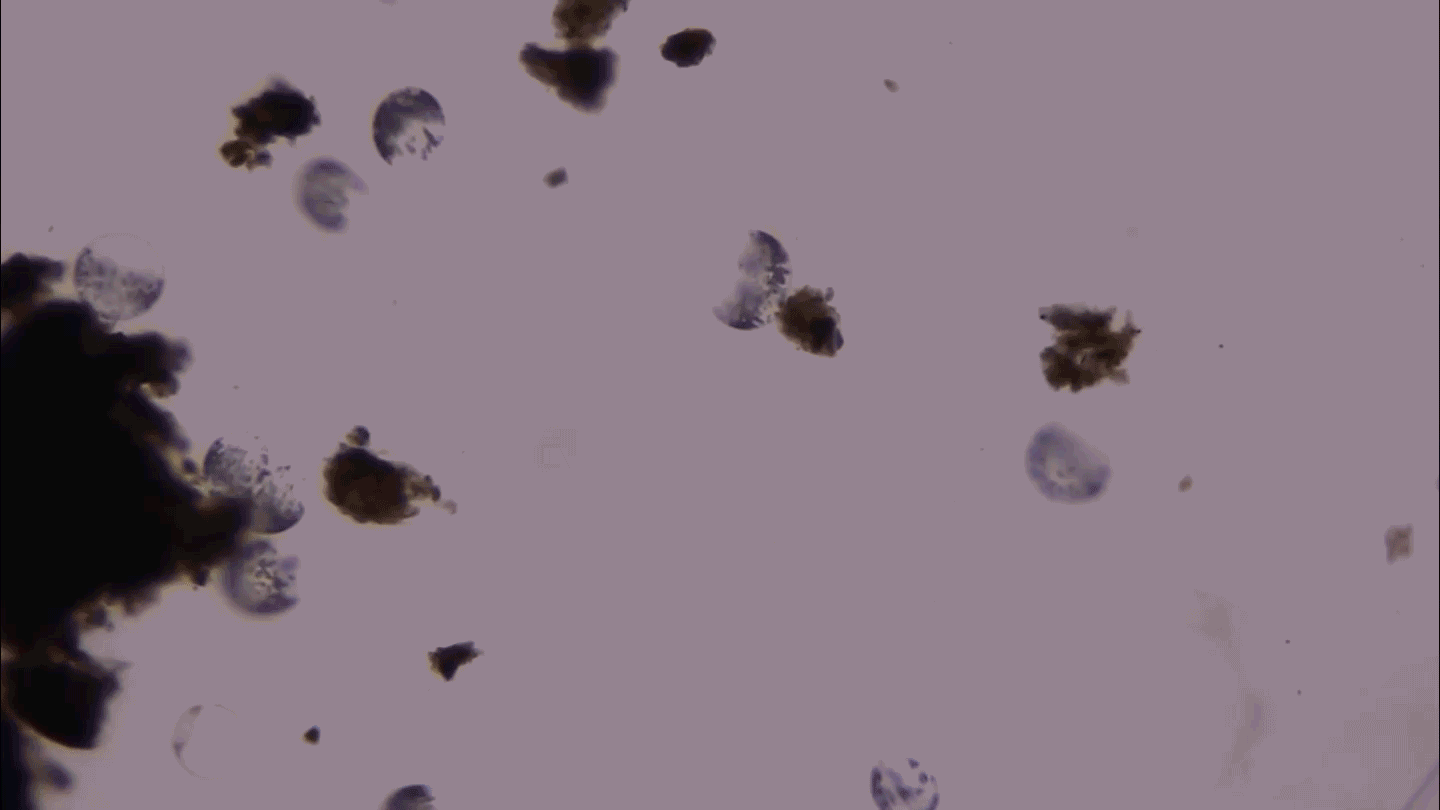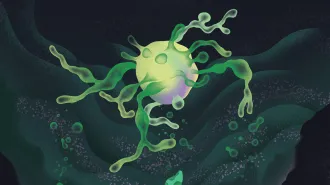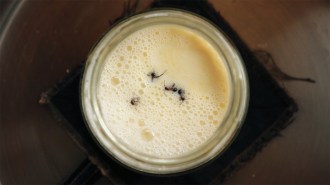Magnets diagnose malaria in minutes
Tabletop device detects metallic excrement of blood parasites
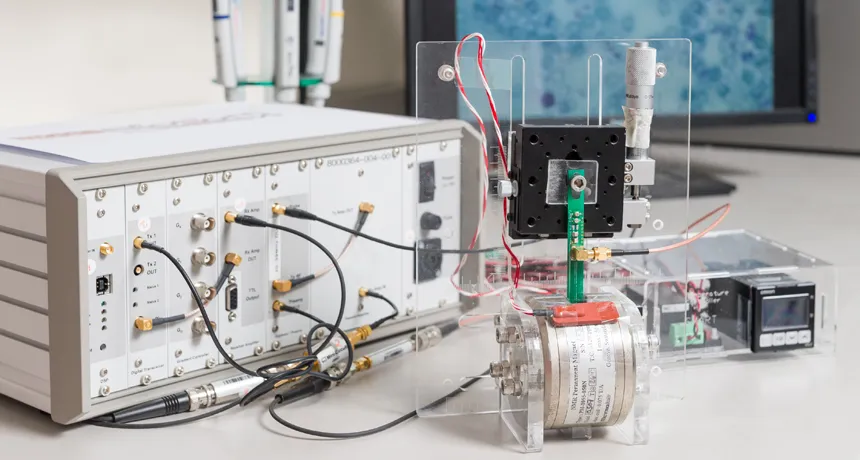
MAGNETIC MALARIA Magnetic sensors packed into a new portable device provide faster and more accurate diagnosis in a malaria mouse model than does current technology.
Singapore-MIT Alliance for Research and Technology Centre
Magnets might soon reveal brewing malaria infections long before symptoms appear. In mice, magnetic sensors take mere minutes to spot otherwise imperceptible levels of the parasitic blood infection, scientists report August 31 in Nature Medicine.
“With malaria, a few days can be the difference between life and death,” says coauthor Peter Preiser, a parasitologist at Nanyang Technological University in Singapore. “If confirmed in humans, our technique could detect disease roughly two to four days earlier.”
Infecting an estimated 207 million people worldwide, malaria is currently diagnosed in one of two ways. Splashing a few blood droplets on a dipstick can yield a color-coded answer in 15 minutes. These rapid tests can ensure early treatment; however, they miss about one of six cases in patients with low levels of the parasite. In the second method, expert eyes supply greater accuracy by spotting the parasites under a microscope, but this technique requires training, equipment and time.
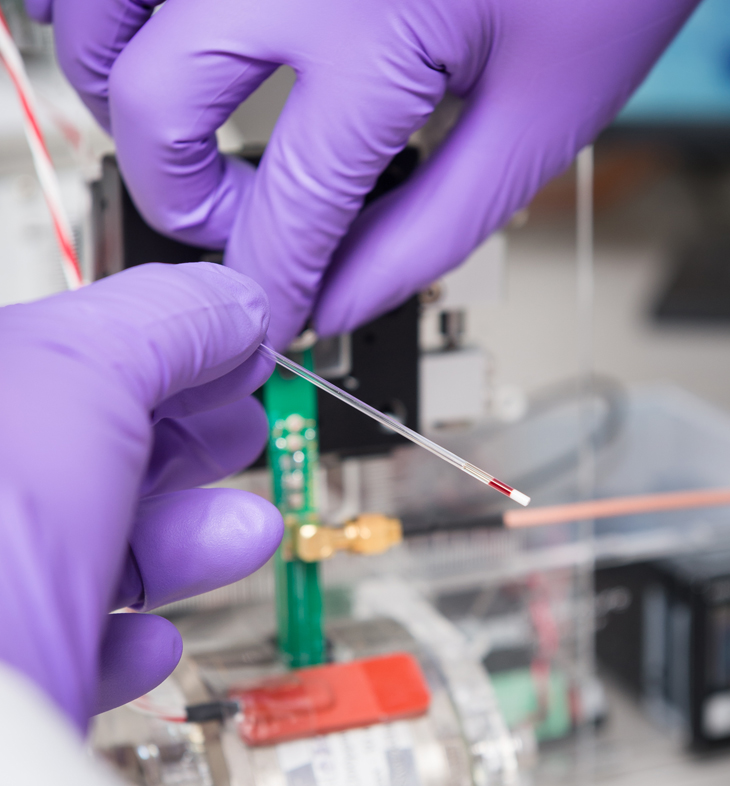
“When diagnosis comes too late, it often leads to hospitalization. Healthcare costs go up, and sometimes even with great healthcare, the person still dies,” says Preiser.
The device relies on the inherent magnetism of red blood cells. Each cell is packed with iron-based proteins called hemoglobin.
In the bloodstream, malaria parasites invade and gorge on the hemoglobin, converting the protein into tiny crystallites called hemozoin, says micromechanist Weng Kung Peng, a coauthor at the Singapore-MIT Alliance for Research and Technology in Singapore. The nanocrystals boost the red blood cells’ magnetization, revealing the presence of parasites, Peng says.
The gadget is innovative because of its microelectronicsand because it tracks natural nanoparticles, says Hakho Lee, a biomedical engineer at Harvard University who wasn’t involved with the study.
The invention draws inspiration from nuclear magnetic resonance (NMR) machines, which use magnetic fields to examine the chemical and physical properties of compounds. Less than a decade ago, NMR machineswere the size of minirefrigerators, and the electronic components resembled those from a 1960s television, Lee says. The new device, with its miniaturized NMR technology, could fit in a shoebox.
The next challenges will be to test the technique in humans and make the device even smaller, says MIT biomedical engineer and coauthor Jongyoon Han. Smaller means cheaper, says Han, and the team has already developed a handheld prototype.

